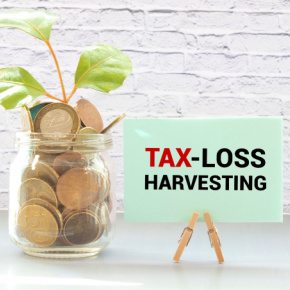A number of cyclical holdings performed very well in February, which may suggest that investors are growing more confident in the economic recovery.
ChipMOS (IMOS) has performed well in February, though there have been corrections in the stocks since I purchased it in August, 2012. However, one of my investing goals is to know portfolio companies well enough to know how to respond to such volatility. Other cyclicals that performed well in February are Sealed Air (SEE) and Owens-Illinois (OI).
KVH Industries (KVHI) reported earnings in line with market expectations, but offered lower guidance for 2014, and the company’s shares have suffered. Even so, in my opinion, KVHI’s marine satellite communications solution is growing slowly but steadily, and I remain upbeat about the company’s prospects.
I’m delighted February was such a good month, but it almost seems irrelevant as March began with the “Ukraine selloff,” thanks to the Russian incursion into Crimea. These can (and do) happen anytime, and anyone with a longer-term perspective ought to welcome them.
They are a healthy and necessary part of the investment landscape which clean out the froth, create a “wall of worry,” and provide opportunistic buying points. Here’s how the market has behaved in the face of a few such shocks, according to data provided by S&P Capital IQ:
The Flash Crash (5/6/10), the Reagan Shooting (3/30/81), the Kennedy Assassination (11/22/63), and the Cuban Missile Crisis (10/2/62) each bottomed one day after the event, at levels 2% to 4% below where the market was trading before hand. The Iraqi Invasion of Kuwait (8/2/90) bottomed two days later with a drop of 5.9%.
Some longer duration shocks include the Lehman Bankruptcy (9/15/08) which bottomed 121 days later with a drop of 46%, the Nixon Resignation (8/8/74) which bottomed 39 days later with a drop of 24.6%, and Pearl Harbor (12/7/41) which bottomed 18 days later with a drop of 10.8%.
The market seems to recover reasonably quickly unless the macro environment has some unaddressed issue such as the onset of inflation (Nixon) or deleveraging (Lehman). Excluding that kind of systemic issue, the market recovers its losses in a matter of days, according to the S&P Capital data.
Overall I remain very optimistic about equities, particularly mid- and longer-term. Part of my optimism results from the fear that many investors still have regarding equities. To me, that is one component of the bullish thesis, and over time I expect more investors to increase their equity exposure.
More importantly, liquidity remains ample and valuations are still acceptable (especially in this low rate environment). Other asset classes like bonds are unappealing, earnings growth continues, corporate balance sheets are in excellent shape, and economic data, broadly speaking, are trending in the right direction.
I don’t mean to be pollyannaish, so here are a few items that could be construed as warnings: Margin debt has grown over 20% in the past year to $450 billion, well above 2007’s peak of $381 billion, according to data by the New York Stock Exchange.
Some think the market may be a pricey by some historical measures. For example, the price-to-trailing-sales ratio is currently 1.66x vs. a post-1980 mean of 1.06x; the total market value of the Wilshire 5000 (W5000) is $19.6 trillion or 115% of GDP vs. a post-1980 average of 76%; and the Shiller cyclically-adjusted, price-earnings ratio is 24.5x vs. the post WWII average of 18.4x, according to Grant’s Interest Rate Observer. (Subscription)
All that said, while there are fewer glaring bargains and no doubt the market is not as cheap as it was, the weight of the evidence is still on the bullish side in my opinion. I have mentioned several times recently that the market is due for a pullback, which I would welcome and view as a buying opportunity based on what I know today.
DISCLAIMER: The investments discussed are held in client accounts as of February 28, 2013. These investments may or may not be currently held in client accounts. The reader should not assume that any investments identified were or will be profitable or that any investment recommendations or investment decisions we make in the future will be profitable. Past performance is no guarantee of future results.


